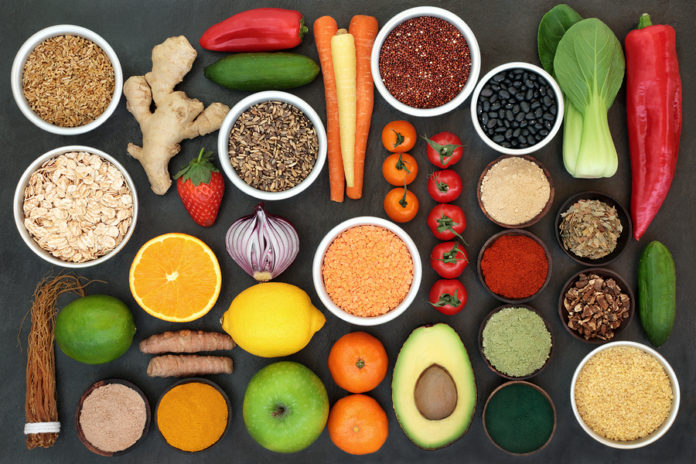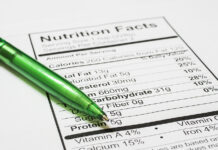
Plant-based food sales are growing five times faster than overall food sales, according to new research from the Plant Based Foods Association (PBFA) and The Good Food Institute (GFI). Meanwhile, Rabobank data show that sales in a previously rapidly expanding food category — organic foods — have slowed.
Plant-based foods
Headlines are peppered with stories about plant-based food innovations. If the popularity of these stories isn’t convincing enough that plant-based foods are rapidly gaining popularity, the sales numbers prove it. The plant-based market is now worth $4.5 billion, with plant-based meats alone accounting for $800 million.
In the past year:
- U.S. retail sales of plant-based food: +11%
- U.S. retail sales of all food: +2%
- Plant-based food unit sales: +8.5%
- Overall food unit sales: No change
When you break down food into categories, more disparities emerge between plant-based food and their traditional counterpart sales numbers.
| Plant-based | Traditional animal products | |
| Meat
Refrigerated meat (sub-category) |
+10%
+37% |
+2%
– |
| Milk | +6% | -3% |
| Yogurt | +39% | -3% |
| Cheese | +19% | No change |
| Ice cream and novelty | +27% | +1% |
PBFA Senior Director of Retail Partnerships Julie Emmett says retailers need to make room on their shelves for more plant-based options. “We are now at the tipping point with the rapid expansion of plant-based foods across the entire store,” she comments. “It is critical for retailers to continue to respond to this demand by offering more variety and maximizing shelf space to further grow total store sales.”
Organic foods
Although organic food sales continue to hit records, recent data from Rabobank shows that growth in the space has moderated.
U.S. organic food sales grew an average of 10% per year between 2010-2016 but slowed to 6% in 2017 and 2018. That said, sales in the space still reached nearly $48 billion last year. If they continue to grow at the same pace, they could reach almost $60 billion by 2022. So although the organic food category still holds significant market share, growing pains are prevalent.
Rabobank notes the sale slowdowns could be due to several interplaying factors, including:
- Lower retail prices
- Volume increases
- Reduced premiums paid to growers and shippers
- Consumer price sensitivity
Organic foods have hit the mainstream, so prices and production will have to mimic traditional products in the long run, says Roland Fumasi, Senior Analyst at Fresh Produce. He notes, “It is imperative that producers continue to adapt their production strategies…figuring out how to produce organically, at a unit cost that is similar to conventional production, is the evasive, but long-run, goal.”
For more analysis, check out this podcast.
Related reading:
- U.S. Organic Sales Exceeded $50 Billion for the First Time in 2018
- Organic Sales Soared in 2018: Nielsen
- Spending Habits by Generation, Plus Plant-based Eating and Sustainability Trends: IRI Survey
- IFIC Survey: Standout Trends Include Plant-Based Eating, Sustainability, and More
- It’s a Good Time to Be in the Plant- and Cell-Based Food Industry: Report







